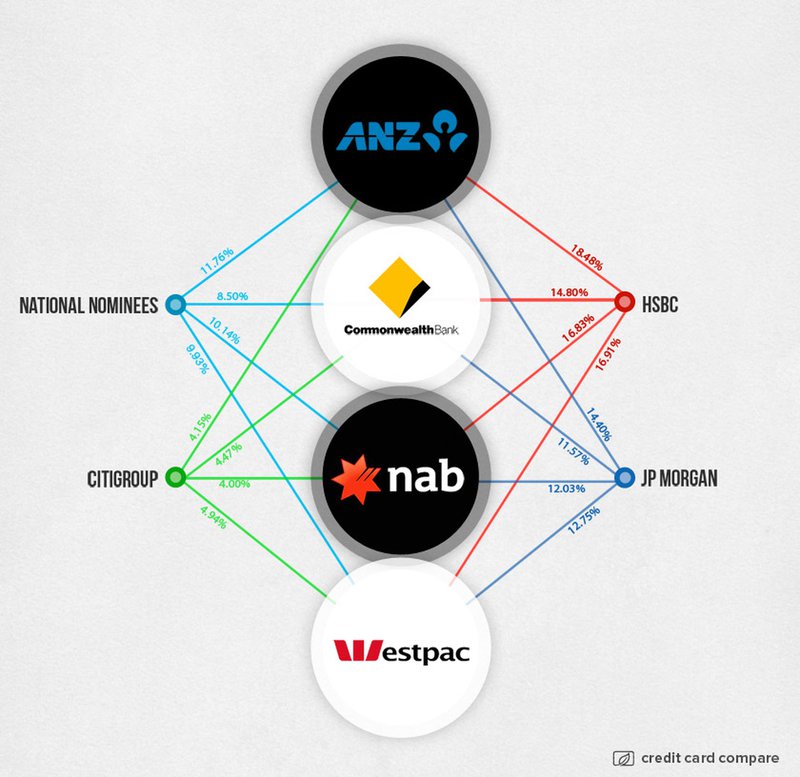Educators have a tendency to talk about Fleming and Mills (1992) learning styles of auditory, visual, kinaesthetic and digital learners, or VARK, as though the theory is scientifically valid. It is not (APA, 2019; Cuevas, 2015; Newton & Miah, 2017; Pashler et al, 2008). I will not re-state the flaws in this invalid theory, as I have written about learning styles before (here).
However, VARK/Learning style theory (Fleming & Mills, 1992) is a myth that keeps giving. I recently signed up for a teaching and learning course at my own institution, only to find the VARK dogma still being spouted.
There is nothing wrong with providing learning using a variety of communication channels. On the contrary, it is great practice to use as many channels to assist learning as we can. But we should not attribute teaching this way to an unevidenced theory such as 'Learning Styles'.
What we all want in education is to provide 'sticky' learning materials to our learners. Let us all simply expunge 'Learning Styles' from our lexicon, and talk instead about providing learning in a variety of formats. There is good evidence that video is 'sticky' (O’Connell et al, 2004). Case studies, if they are real (Ellet, 2007; Hansen, 1997; Harling & Misser, 1998; Hativa, 2001; Remenyi, 2012; Wright, 1996; Vega, 2011; Yadav et al, 2007), have story vollendung (‘fulfilment’ to quote Heidegger, as cited by Lewis, 2011, p. 206), and contain dialogue (Hansen, 1994; Wright, 1996), are 'sticky'.
But we don't need to work 24/7 to create our own podcasts, mind maps, drawings, prezis, or pinterest pages, in addition to creating our own online course materials. The real gains come from students interacting with the written or video materials, taking their own notes, and discussing their impressions with their peers. Create a culture of student discussion using cases, supported by video. That is proven to work well.
And, while we consider how best to provide 'sticky' learning, we also need to be mindful of tutor workload. Much of the sourcing and creation of a variety of materials takes a long time. The world of teaching and learning is becoming more complex; it is harder to keep up; and the pay certainly hasn't kept pace. We have to continually deliver a Rolls Royce value on a Tata budget. It would be nice if that changed, but I can't see it doing so on the near future. What we can do is to be smart about curating other's materials, and accepting that we can only do what we can do.
But ignore VARK. It's bunkum.
Sam
References:
- APA (2019). Belief in Learning Styles Myth May Be Detrimental. https://www.apa.org/news/press/releases/2019/05/learning-styles-myth
- Cuevas, J. (2015). Is learning styles-based instruction effective? A comprehensive analysis of recent research on learning styles. Theory and Research in Education, 13(3), 308-333. https://doi.org/10.1177/1477878515606621
- Ellet, W. (2007). The Case Study Handbook: How to Read, Discuss, and Write Persuasively About Cases. Harvard Business Review Press
- Fleming, N. D., & Mills, C. (1992). Not another in ventory, rather a catalyst for reflection. To Improve the Academy, 11, 137-143. https://doi.org/10.1002/j.2334-4822.1992.tb00213.x
- Hansen, A. J. (1997). Writing Cases for Teaching: Observations of a Practitioner. The Phi Delta Kappan, 78(5), 398-403.
- Harling, K., & Misser, E. (1998). Case writing: An art and a science. International Food and Agribusiness Management Review, 1(1), 119-138. https://doi.org/10.1016/S1096-7508(99)80032-9
- Hativa, N. (2001). Teaching For Effective Learning in Higher Education. Springer Netherlands.
- Leite, W.L., Svinicki, M., and Shi, Y. (2010). Attempted Validation of the Scores of the VARK: Learning Styles Inventory With Multitrait-Multimethod Confirmatory Factor Analysis Models. Educational and Psychological Measurement, 70(2), 323-339. https://doi.org/10.1177/0013164409344507
- Lewis, P. J. (2011). Storytelling as research/research as storytelling. Qualitative Inquiry, 17(6), 505-510. https://doi.org/10.1177/1077800411409883
- Newton, P. M., & Miah, M. (2017). Evidence-Based Higher Education – Is the Learning Styles ‘Myth’ Important? Frontiers in Psychology, 8(444), 1-9. https://doi.org/10.3389/fpsyg.2017.00444
- O’Connell, D. J., McCarthy, J. F., & Hall, D. T. (2004). Print, Video, or the CEO: The Impact of Media in Teaching Leadership with the Case Method. Journal of Management Education, 28(4), 294-318. https://doi.org/10.1177/1052562903252659
- Pashler, H., McDaniel, M., Rohrer, D., & Bjork, R. (2008). Learning styles: Concepts and evidence. Psychological Science in the Public Interest, 9(3), 105-119. https://doi.org/10.1111/j.1539-6053.2009.01038.x
- Remenyi, D. (2012). Case Study Research: A quick guide. Academic Publications International.
- Vega, G. (2012). How important is a teaching note? What should be in a teaching note? Bertolon School of Business, Salem State University & Case Centre (formerly ECCH). https://youtu.be/WLoqpACENU
- Wright, P. (1996). Simulating reality: the role of the case incident in higher education. Education and Training, 38(6), 20-24. https://doi.org/10.1108/EUM0000000004283
- Yadav, A., Lundeberg, M., DeSchryver, M., Dirkin, K., Schiller, N. A., Maier, K., & Herreid, C. F. (2007). Teaching science with case studies: A national survey of faculty perceptions of the benefits and challenges of using cases. Journal of College Science Teaching, 37(1), 34-38.

















